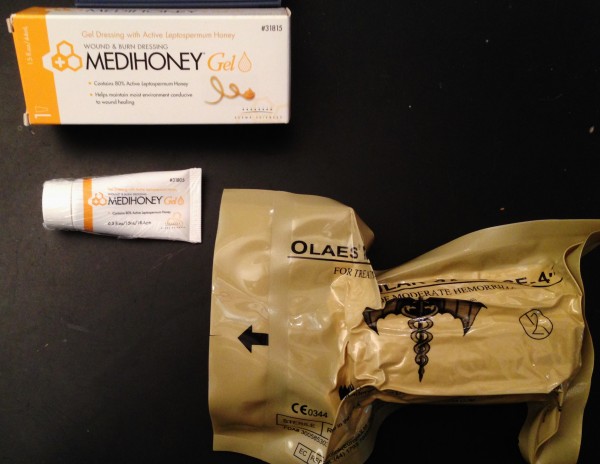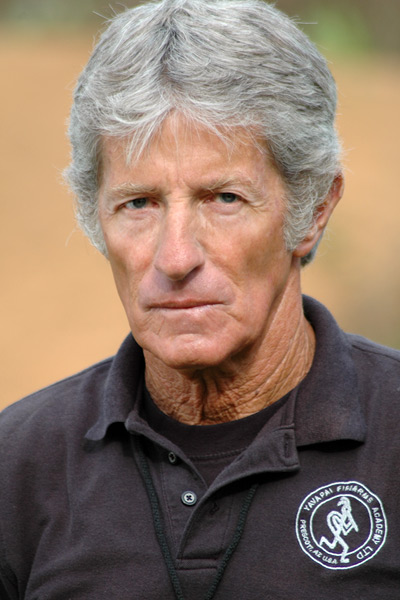
1948-2014
Warrior, Artist, Philosopher
Who wouldn’t want to be remembered with words like these:
Stubborn, single-minded, articulate, knowledgeable, independent, moral, inquisitive, interesting and accomplished . . .
That’s what Robbie Barrkman wrote of Louis Awerbuck (his friend of 35 years) on his Robar Guns website, after Awerbuck’s death in June 2014. (The entirety of the heartfelt tribute is HERE). Awerbuck’s Yavapai Firearms Academy, with a summary of his resume, is HERE. A 2008 interview of Awerbuck, where he answers well-posed questions on life, death, and equipment, is HERE. Another one, rather well-known, “Interview With A Madman,” is HERE. An interesting commentary on his death, evidencing Awerbuck’s appreciation for warrior history and philosophy, “Requiem For A Soldier,” is HERE. It is said that he was fearless, but carried a high capacity 1911 as a primary, and a Glock 19 as backup. Continue reading →






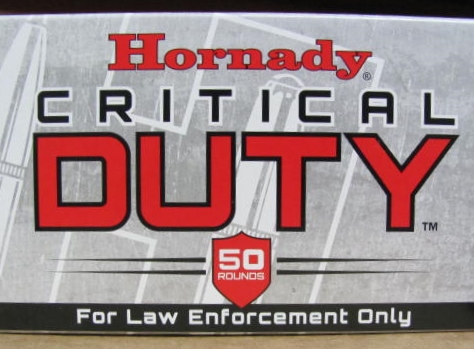
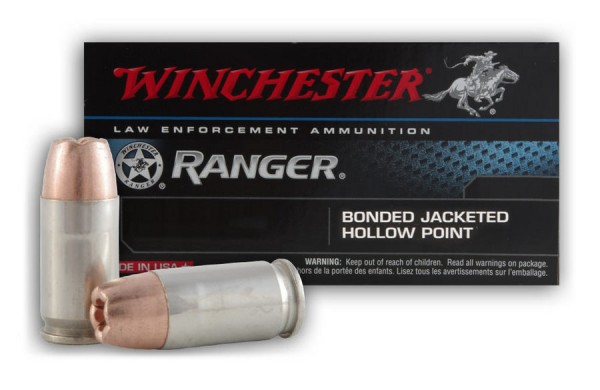
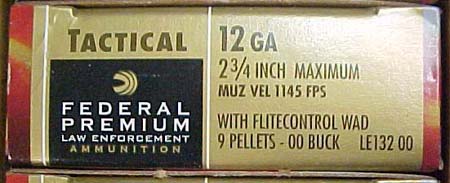
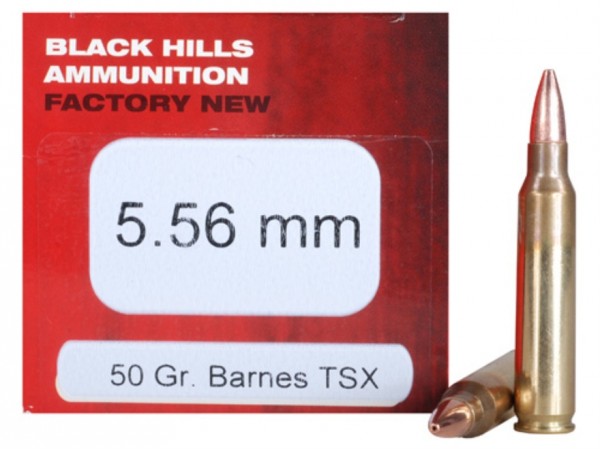
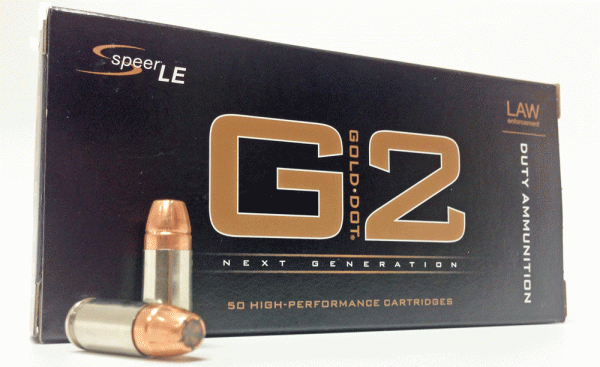
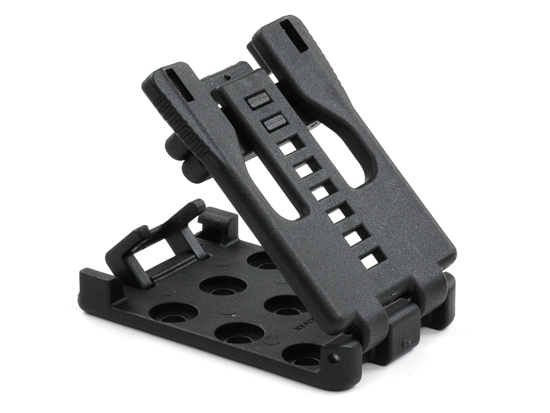
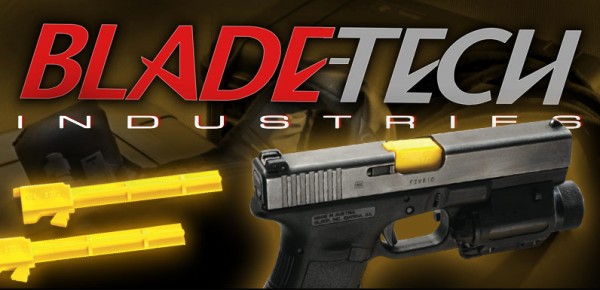

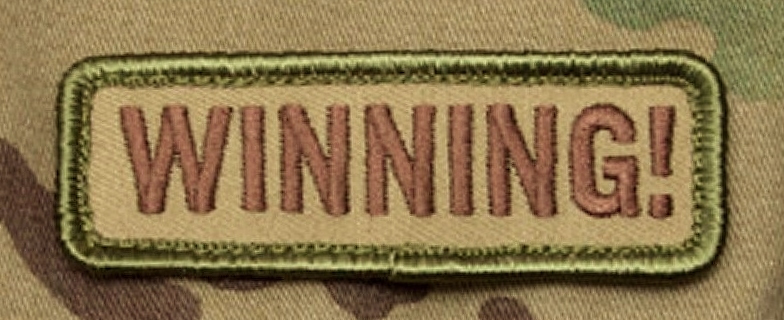
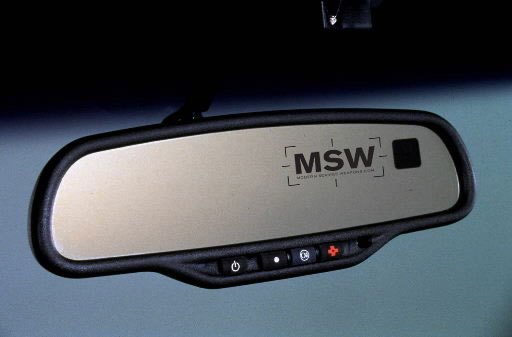

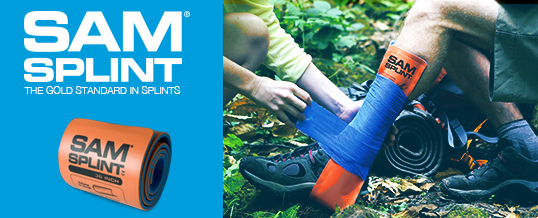
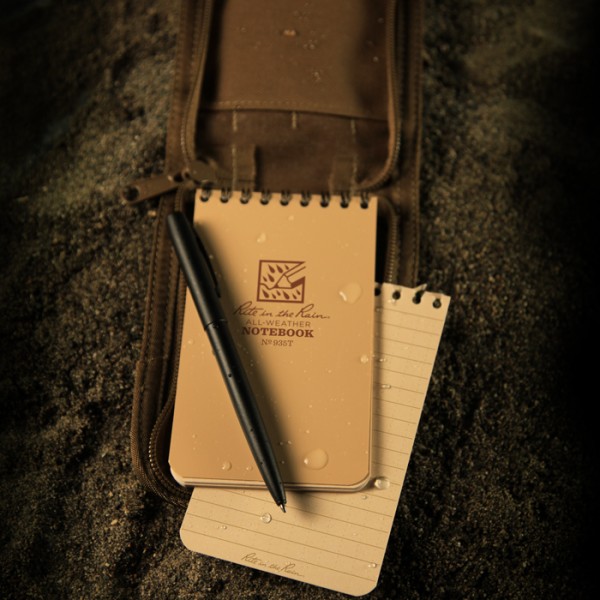

 “a legacy of advancing tactical excellence in law enforcement training. Our mission is to arm law enforcement with the tools and knowledge to survive and win real-world encounters. We maintain a laser focus on delivering cutting edge articles on tactics, firearms and officer safety to law enforcement of all ranks nationwide. We achieve this through our roster of leading topic experts and our long-standing reputation of integrity and commitment to law enforcement.”
“a legacy of advancing tactical excellence in law enforcement training. Our mission is to arm law enforcement with the tools and knowledge to survive and win real-world encounters. We maintain a laser focus on delivering cutting edge articles on tactics, firearms and officer safety to law enforcement of all ranks nationwide. We achieve this through our roster of leading topic experts and our long-standing reputation of integrity and commitment to law enforcement.”

